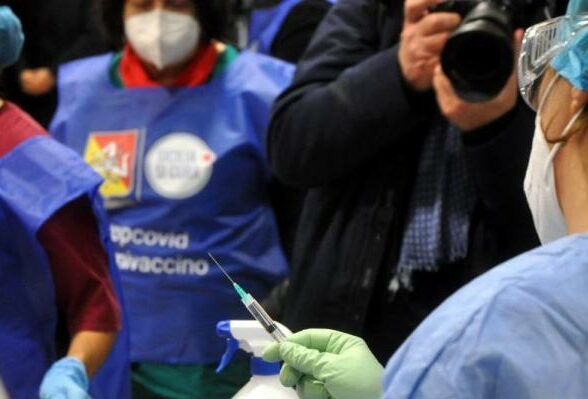January 30th According to the European Union News Agency quoted by the European Union News Agency, the Italian Ministry of Civil Defense reported on the 29th that there were 13,574 new confirmed cases of COVID-19, with a total of 2529,070 confirmed cases; 477 new deaths, a total of 87,858 deaths, and 1,973 cured cases.
88 cases. Domenico Arcuri, director of Italy’s National Coronavirus Emergency Committee, said at a regular weekly press conference that the total number of infections in Italy has exceeded 2.5 million since the outbreak began, meaning that on average, one out of 23 people is infected.
Akuri said that so far, there has been no end to the long epidemic. But in the past week, the number of infected people has decreased by 8%, and the pressure in hospitals is decreasing.
However, after Pfizer and AstraZeneca, Modena also informed Italy that the original 166,000 doses of vaccines would be reduced to 132,000 doses, or up to 20%, in the week of February 9.
On the same day, Agostino Miozzo, an agreement member of the Italian Council for Science and Technology (CTS) for the Coronavirus Emergency, said that FFP2 masks should be mandatory in closed public places such as buses.
The purpose of the mandatory use of FFP2 masks is that FFP2 masks obviously have greater filtering capabilities than ordinary medical masks. Therefore, the Committee on Science and Technology made this recommendation.
Walter Ricciardi, director of Italy’s National Institute of Advanced Health, said that FFP2 masks should be used in closed spaces, and according to existing scientific research, FFP2 masks block more droplets.
Italy should use more more protective masks to protect the health of its people.
Pier Luigi Bartoletti, deputy secretary-general of the Italian Federation of General Practitioners (FIMMG), said that more and more confirmed patients said they did not know how they were infected.
This move shows that the use of masks with higher protection levels is important to resist mutant viruses.
Batoletti said that if you wear surgical masks or fabric masks indoors without ventilation and no safe distance guarantee, mutant viruses will be more likely to penetrate the imported nasal mucosa.
But if FFP2, FFP3 masks with filtering function are used, there is no such risk.
The report pointed out that the next new legislation may force the use of FFP2 masks, but the biggest problem at present is the cost and price.
Therefore, more trade-offs and discussion are needed before it is finally decided whether to force citizens to use such high-cost masks.



